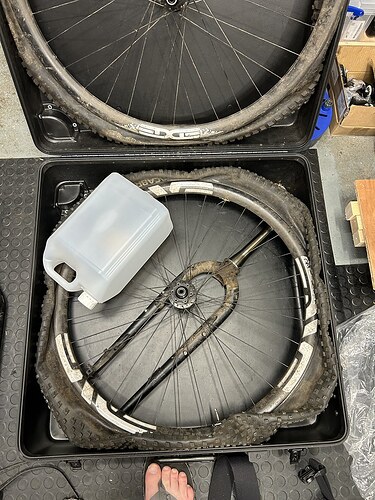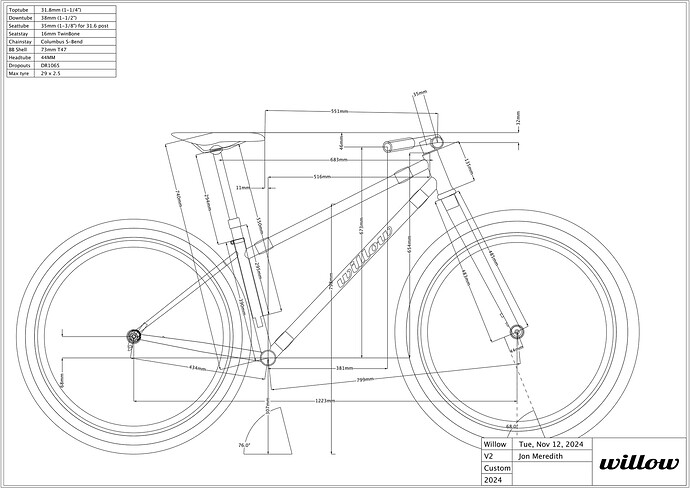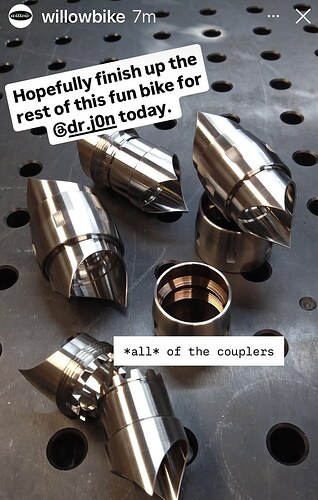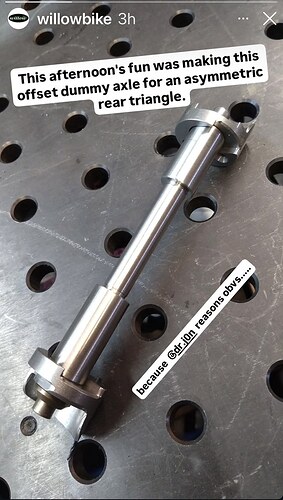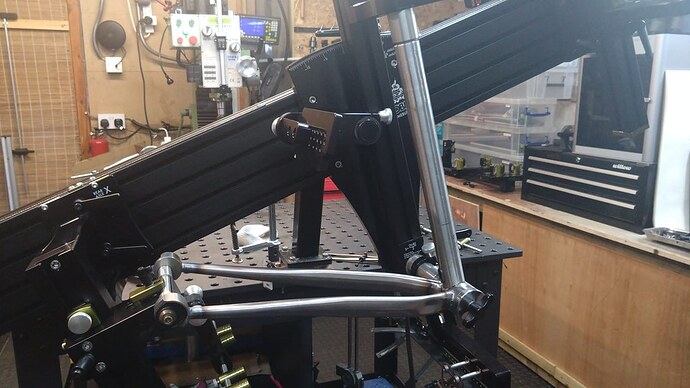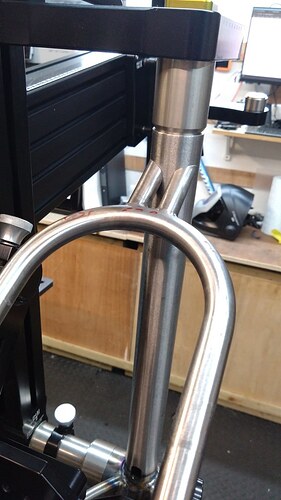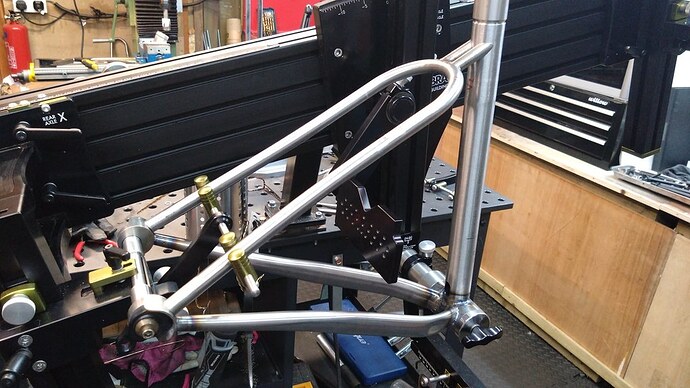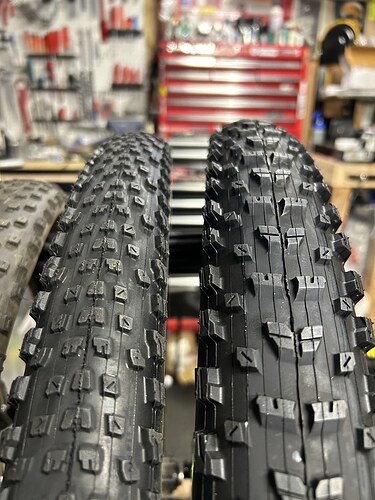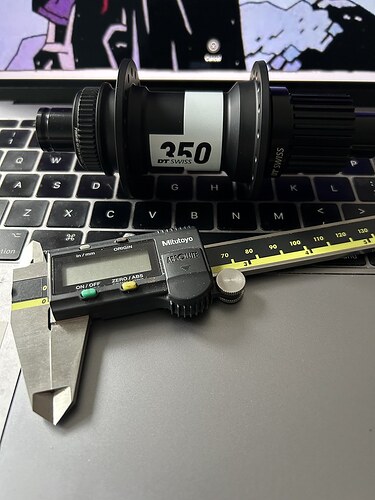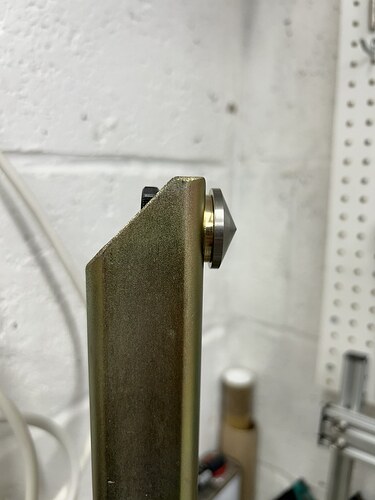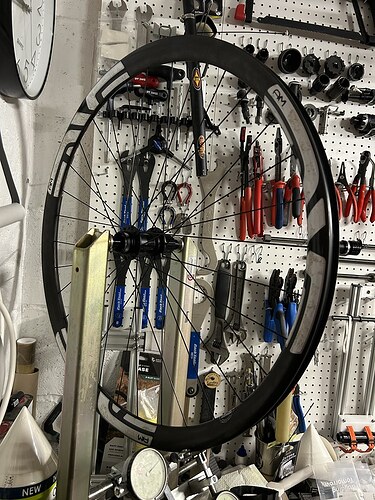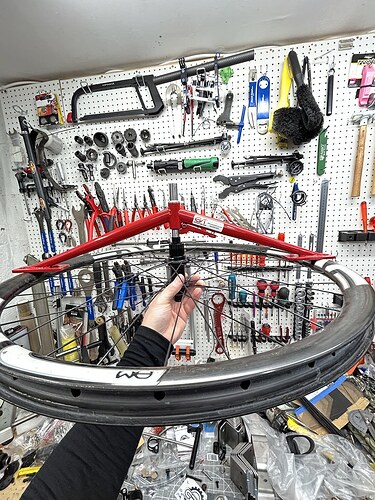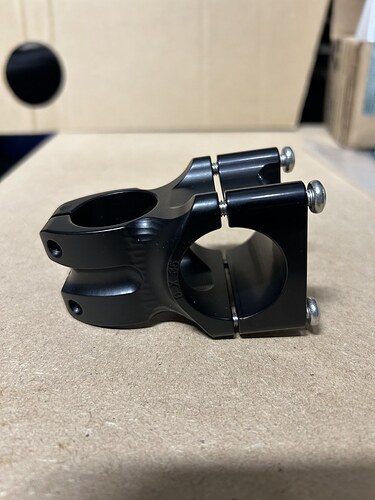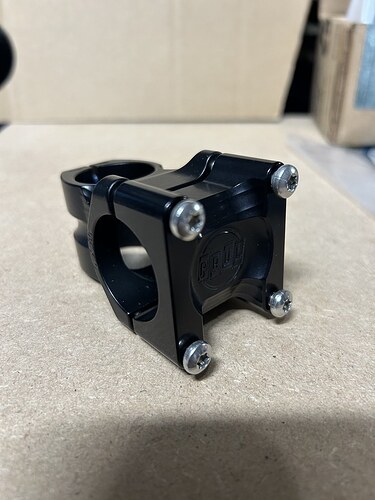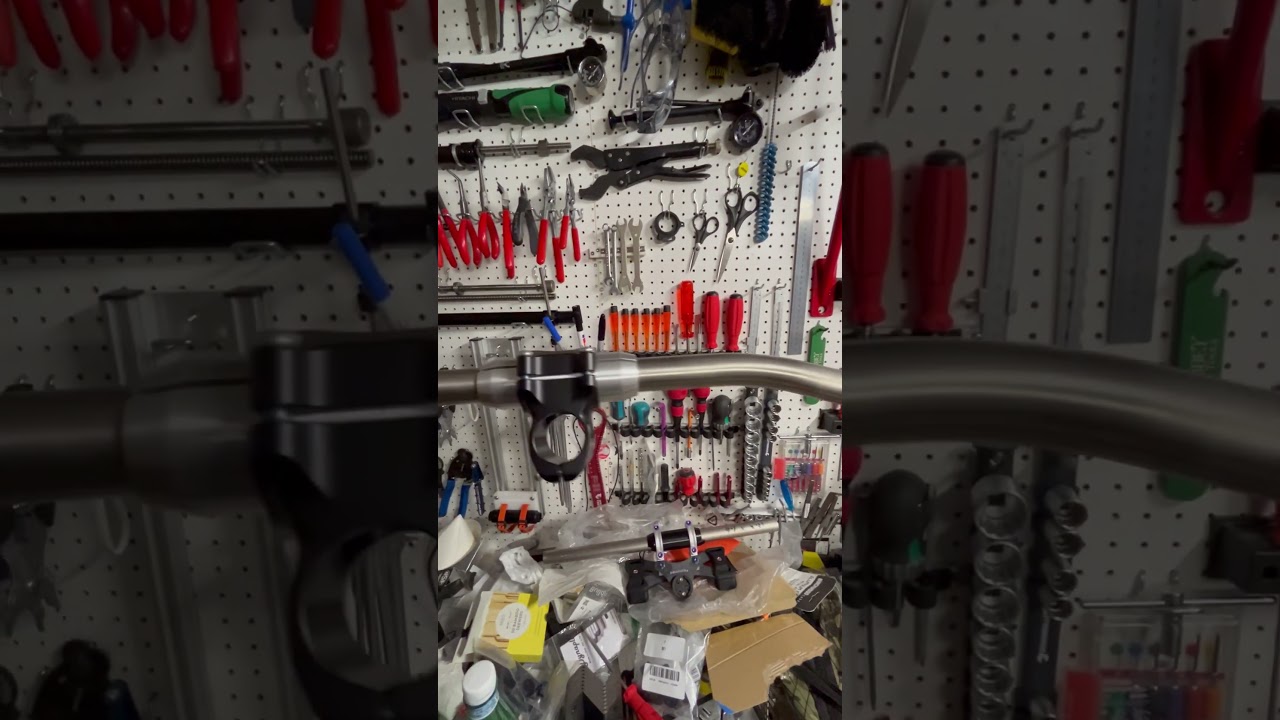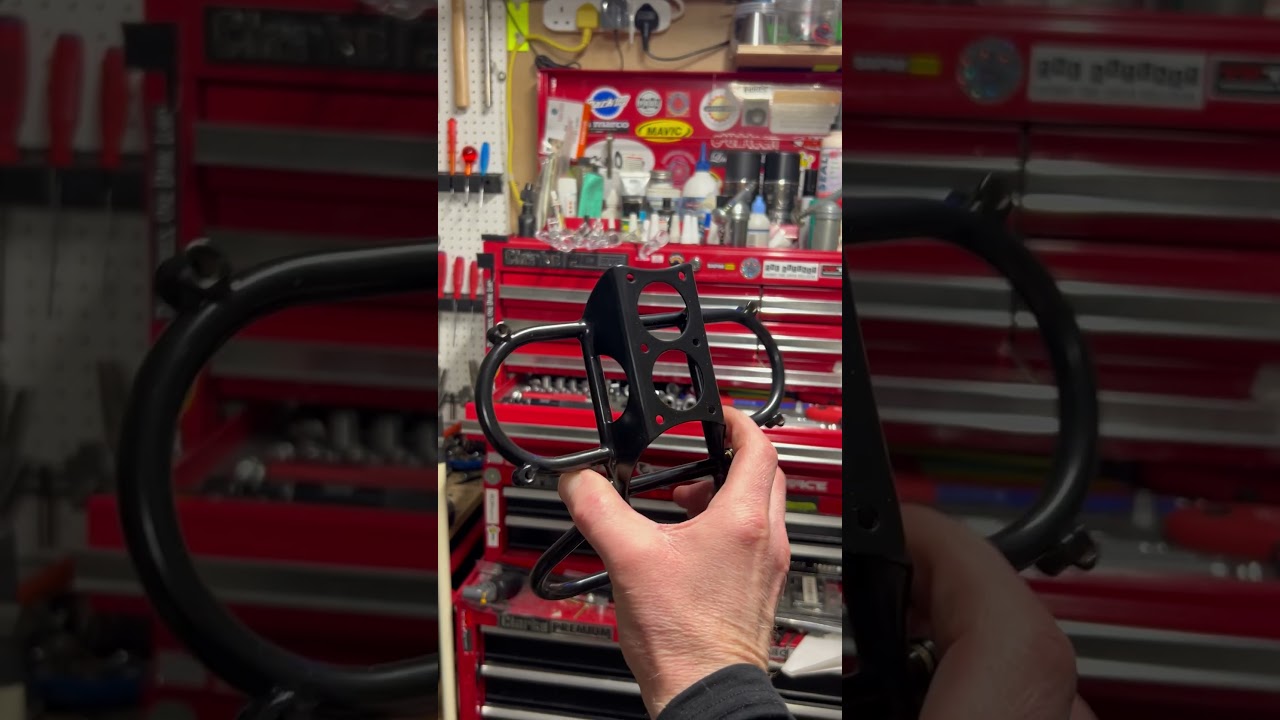A while ago, I used to travel regularly to race MTB events. I attended the SSWC for years and also endurance MTB races such as Shenandoah 100, Wilderness 101 and Marji Gesick. I’m a little older now and enjoy spending time around my daughters horse riding and I haven’t raced or travelled much since covid. However, this year I am heading back over to the USA and I am keen to take a bike. As anyone who has travelled with a bike knows, even discounting potential fees, it can be a bit of a pain. Airlines fees have changed (@Daniel_Y I think is making a YouTube soon of his planned travel to Thailand with a bike where I think he mentions this and so the reduced need for packing a bike small) but the bulk of a bike box, what you do with that box on the other end and the encumbrance of the whole thing was sort of a negative for me. So I got to planning a coupled travel bike.
I used to use Trico cases, but in the intervening years, my bikes have become longer and longer. I am an average height but a typical FC of 800mm now means i’m not sure the frame would even fit in a trico case.
Back in 2003 -2005 I used a Curtlo singlespeed frame, into which Ben at Kinetics in Scotland dropped some S&S couplings. After growing confident they wouldn’t undo at a critical moment, that bike served me well. The frame eventually broke, but couplings are great at helping a bike pack down smaller.
I started sketching frame layouts on @BikeCAD and then the thought struck me - what happens if I do double couplings - like a tandem set up? could I then fit a whole modern MTB with appropriate geometry, wheel width and boost drive chain into a small case?
It was a big ask - and I had some criteria: I wanted minimal tear down, decent width rims and tyres, on 29 and 29+ wheels and I needed my driving dimensions correct.
After trialling what could fit, actually, if you apply double couplings it all boils down to the packed width - rear triangle and rim width becoming critical.
I decided that if it didn’t fit, or required too much breakdown, having a secondary wheel bag with my other travel luggage wouldn’t be bad - it is the packability into public transport, smaller hire cars and hefting it around with family luggage that was the major factor. If required my plan was to sew a custom bag to go along with the S&S case I already own.
I had a number of discussions with my friend Shaggy about cases and bags - he makes bags of various sorts including the bag on the wonderful Sturdy featured on the radavist.
A lot of blogs and articles point to using a soft bag as ideal, in particular Mamilmusings, who not only made his own hardcase, he explains why soft cases are packed on planes differently. well worth a read if this is on your radar. But I decided for me, using the hard case was the way to go.
At this stage I spoke to @stevenshand who I have known since I was a grommet working in a bike shop on Saturdays, all wide eyed, in the late 80’s. He went on to become one of the most talented and industrious bike builders I know. With a project as tricky as this one I was glad he took it on.
We settled on a geometry that worked for my driving dimensions and fit.
I was keen on Paragon couplings, but really needed to go custom for the diameter on the downtube and with the cost of 4 couplings already to factor in, I had to draw the line. As such, s&s were the go to.
One feature that was trickier than I had thought it might be was the offset rear triangle. It is 142mm offset 3mm so the chainline is typical of boost, but the rear triangle is 6mm narrower. Every little helps.
What I didn’t consider was how much of a headache this was for Steven - everything about frame building seems to revolve around symmetry so introducing offsets is a mental and physical exercise!
Ok, thats enough for now I think, part 2 soon.
in the meantime if you haven’t seen - this came up in my research - fascinating read and build!
